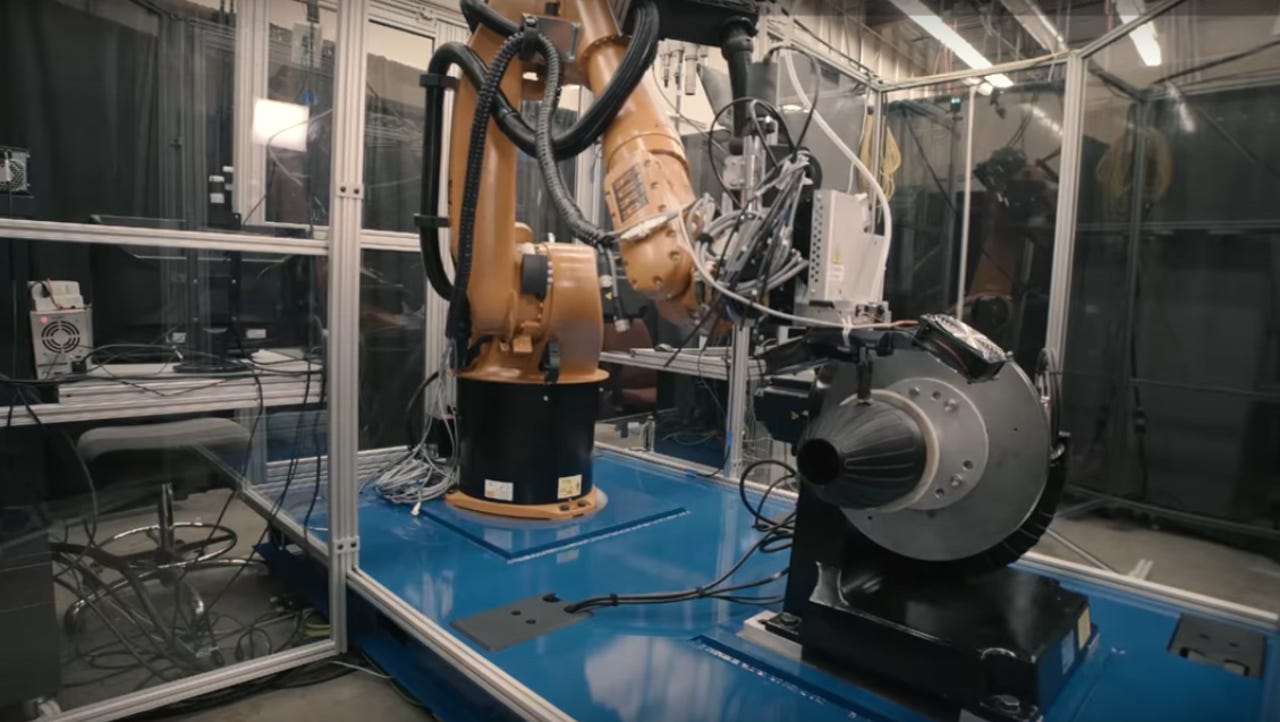Ford to trial Stratasys system to use 3D printing of one-piece auto parts


Stratasys' Infinite Build 3D printing system.
Ford Motor said it is experimenting with 3D printers to manufacture large car parts such as spoilers for prototypes and production vehicles.
The effort will be powered by Stratasys' Infinite Build 3D printer. Ford is the first automaker to trial the technology with Stratasys.
To date, 3D printing has largely been used for on-demand parts as well as prototypes. However, Ford's experiments indicate that the technology could be used more widely in manufacturing efforts. Ford is also exploring how 3D printed parts may boost fuel efficiency since they are generally lighter.
For Stratasys, landing Ford is a coup and could give it traction in vehicle manufacturing. Ford gets to conduct additive manufacturing experiments via early access to the Infinite Build Systems. Stratasys and other 3D printer companies have had volatile quarters as manufacturing globally has slowed. In addition, HP said it recognized revenue from its 3D printing systems for the first time last quarter.
Also: New Stratasys 3D printers enable rapid prototyping from your workspace | Stratasys takes the next step in its software strategy
Stratasys has been demonstrating its Infinite Build proof of concept systems as a way to penetrate manufacturing floors. In a nutshell, the Infinite Build system allows Stratasys to print parts that are measured in feet instead of inches.
Under the trial, Ford delivers specs from its computer aided design program to the printer, which analyzes the design. From there, a layer is printed one material at a time to create an object. The system replenishes its supplies via a robotic arm so it can operate unattended.
So far, 3D printing isn't fast enough for high-volume manufacturing, but it could have a role for personalized parts and low volume applications.
VIDEO: 3D Printing a replacement part